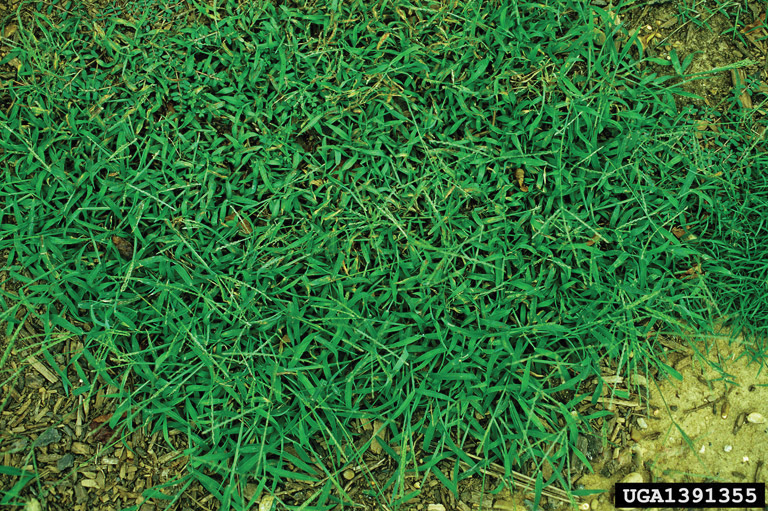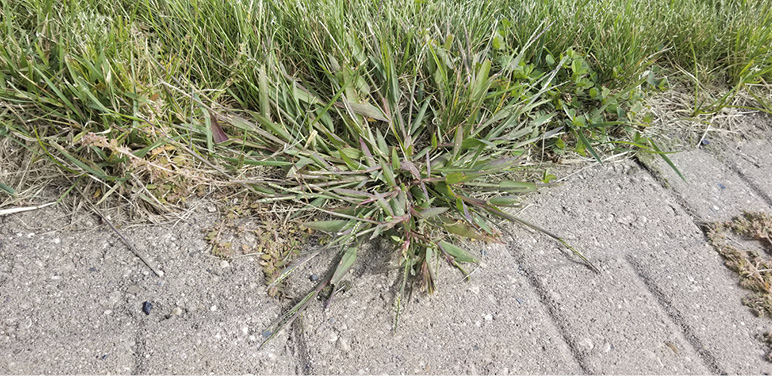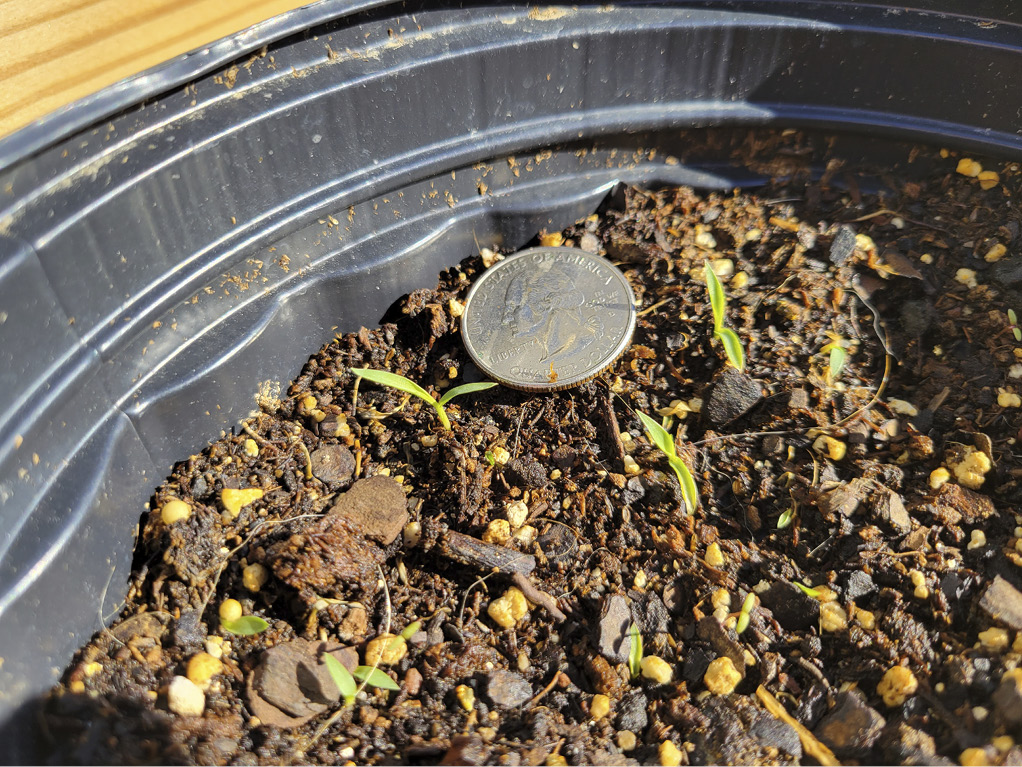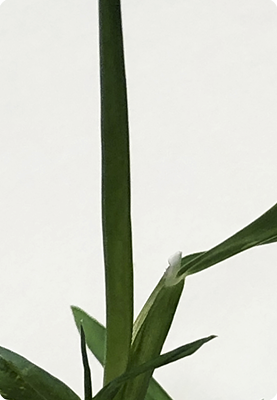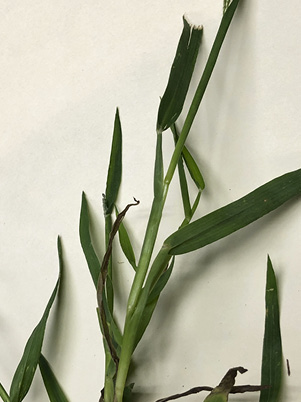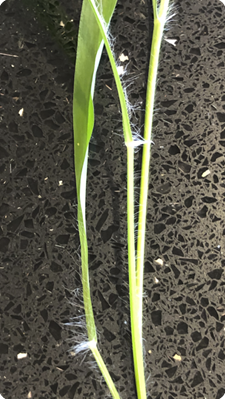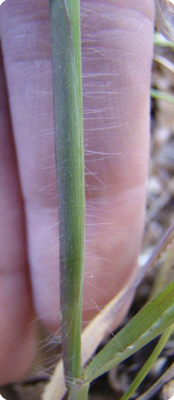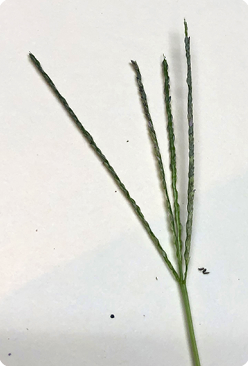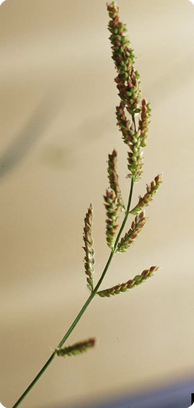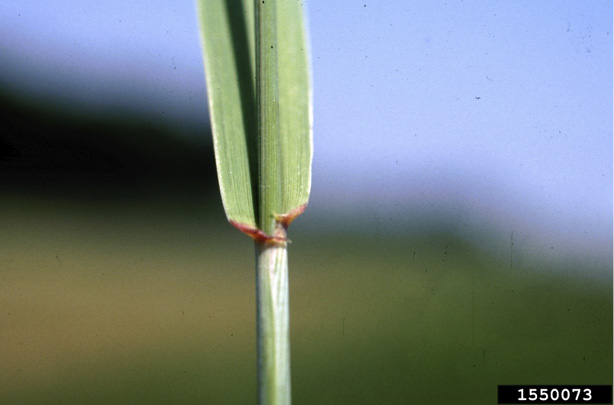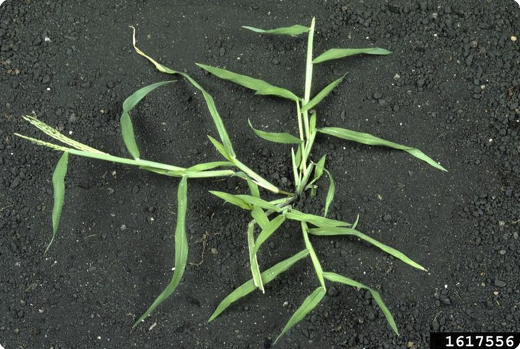Cardina, J., Herms, C.P., and Herms, D.A. (2011) Phenological indicators for emergence of large and smooth crabgrass (Digitaria sanguinalis and D. ischaemum) Weed Technology, 25(1):141-150.
Chism, W.J., and Bingham, W. (1991) Postemergence control of large crabgrass (Digitaria sanguinalis) with herbicides. Weed Science, 39(1):62-66.
Fidanza, M.A., Dernoeden, P.H. and Zhang M. (1996) Degree days for predicting smooth crabgrass emergence in cool-season turfgrasses. Crop Science 9:990-996.
Fry, J., Rodie, S., Gaussoin, S., Wiest, W., Upham, W., and Zuk, A. (2001) Using flowering ornamentals to guide application of preemergence herbicides in the Midwestern U.S. International Turfgrass Society Research Journal, 9:1009-1012.
Hoyle, J., Patton, A., and Weisenberger, D. (2019) Turfgrass weed control for professionals. 2019 Edition, Purdue University Extension.
Hoyle, J. and Reeves, J. (2015) Crabgrass control in spring seeding using early and late combinations of prodiamine and dithiopyr, Kansas Agricultural Experiment Station Research Reports: Vol. 1: Iss. 6. https://doi.org/10.4148/2378-5977.1101
Johnson, B.J. (1975) Postemergence control of large crabgrass and goosegrass in Turf. Weed Science, 23(5):404-409.
Juska, F.V. (1961) Pre-emergence herbicides for crabgrass control and their effects on germination of turfgrass species. Weeds, 9(1): 137-44. doi:10.2307/4040397
Keeley, S.J. and Zhou, H. (2005) Preemergence herbicide and seeding method effects on seedling growth of Kentucky bluegrass. Weed Technology, 19(1):43-46. doi.org/10.1614/WT-03-199R
McGinnis, E., and Smith, R. (2016) Home lawn establishment. North Dakota State University Extension Publication H1311.
Otto, S., Masin, R., Chiste, G., and Zanin, G. (2007) Modelling the correlation between plant phenology and weed emergence for improving weed control. European Weed Research Society 47, 488-498.
Shaner, D.L. (2014) Herbicide handbook. 10th Edition, Weed Science Society of America, Lawrence, 513 p.
Turner, F.A. and Van Acker, R.C. (2013) In situ emergence timing of large and small Crabgrass in residential turfgrass of Southern Ontario. Canadian Journal of Plant Science 93: 503-509. doi:10.4141/CJPS2012-122
